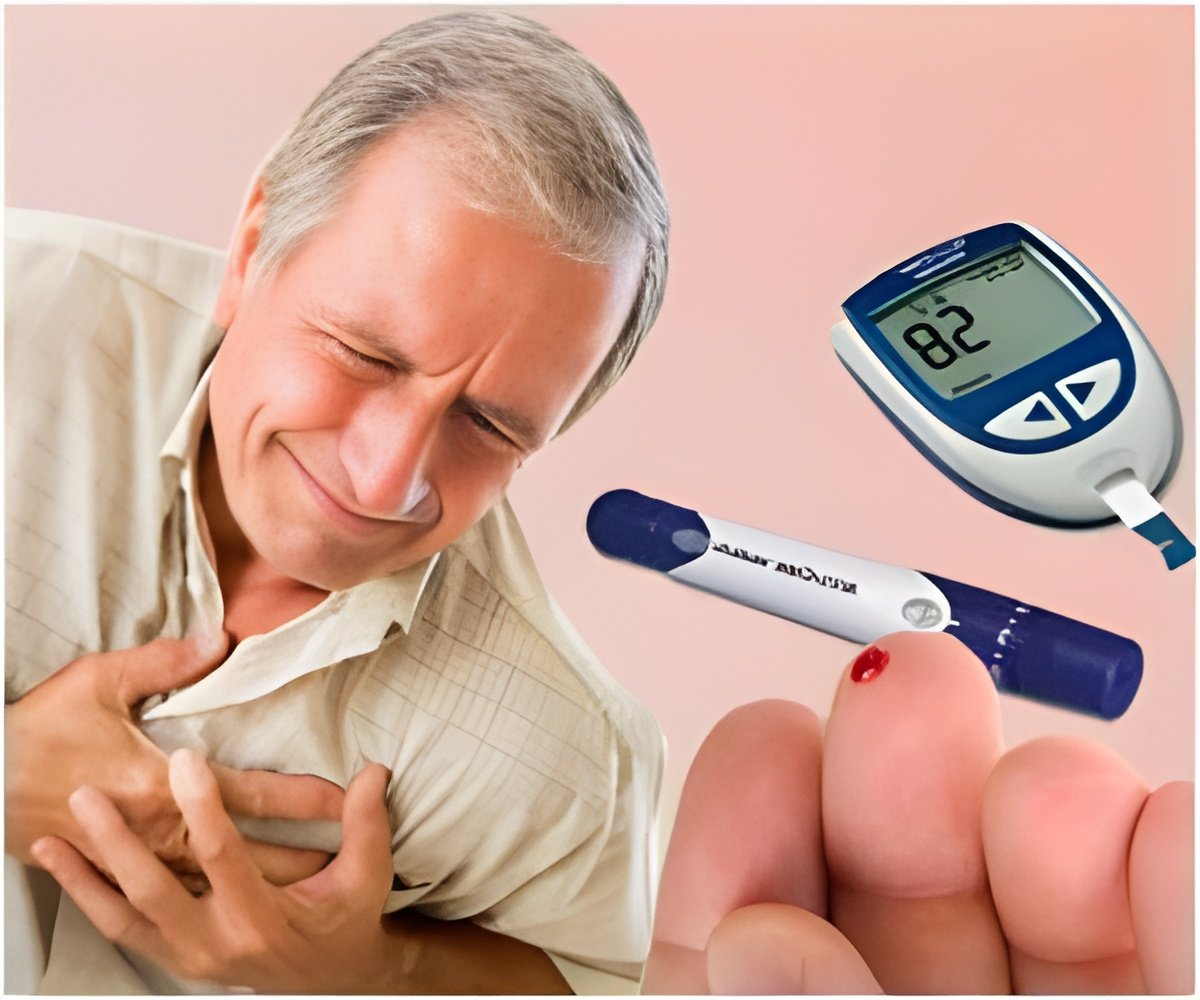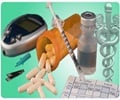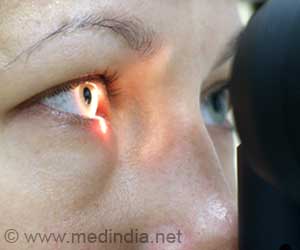Association between the two complications of diabetes - proliferative diabetic retinopathy (PDR) and cardiovascular disease (CVD) has been found

- An association between eye condition caused by diabetes and cardiovascular disease (CVD) has been found.
- Proliferative diabetic retinopathy (PDR) and cardiovascular disease (CVD) often occur together in type-1 diabetes.
- This finding suggests that there could be common protective factors for these conditions.
People with chronic kidney disease have much higher risk of cardiovascular disease, the leading cause of death for those with type 1 diabetes. The research team demonstrated that the eye condition known as proliferative diabetic retinopathy also is independently associated with cardiovascular disease.
"This is an unexpected finding," says George King, MD, Joslin senior vice president and chief scientific officer and professor at Harvard Medical School. "It suggests that biological factors that either protect against or boost damage to blood vessels are shared between the eye and cardiovascular system, but they may be different from those affecting the kidney."
Identifying this connection posed a particular challenge since people with type 1 diabetes who have chronic kidney disease also usually have severe eye damage, says King, who is the corresponding author of the paper.
Chronic Kidney Disease (CKD) may be an independent complication in diabetes
When the Joslin investigators looked at the records of hundreds of participants in the Joslin Medalist program, which characterizes people who have had the disease for more than 50 years, the scientists were able to spot 30 people who don't have severe eye disease but do have chronic kidney disease.
Given the presence of kidney disease, the researchers expected these people also would experience significantly higher rates of cardiovascular disease than other people who are free of kidney disease. "But surprisingly, that group doesn't show much increase in cardiovascular disease," King says.
Gordin examined complications in people with at least 25 years of diabetes, by which time kidney disease usually occurs in those prone to the condition. The results were very similar to what was found with the Medalists.
"Studies like these each take 10 or more years to do," adds King. "Without this ability to collaborate, we might have had to wait 10 years to confirm our finding."
The study also reconfirmed other evidence that high blood glucose levels don't injure all blood vessels in the same way. Nerve damage among patients with type 1 diabetes doesn't display the same links to cardiovascular disease as does eye damage--once again suggesting a close connection between eye and cardiovascular damage.
Among their next steps, the scientists will analyze heart images of various groups of Medalists to look for more detailed links between damage in heart muscles and damage to other organs. "We hope that will give us the next set of clues to understand and guard against these complications," says King.
References:
- Daniel Gordin, Valma Harjutsalo et al. Differential Association of Microvascular Attributions With Cardiovascular Disease in Patients With Long Duration of Type 1 Diabetes, Diabetes Care https://doi.org/10.2337/dc17-2250
Source-Eurekalert















